Introduction: Seeing and Believing
We expect maps to tell us the truth. They seem trustworthy, after all: when you need to figure out how to get from Copley Square to Fenway Park, or if you're interested in comparing the income levels of Boston's neighborhoods, the first reference material you're likely to seek out is a map.
But maps, truth, and belief have a complicated relationship with one another. Every map is a representation of reality, and every representation, no matter how accurate and honest, involves simplification, symbolization, and selective attention. Even when a map isn't actively trying to deceive its readers, it still must reduce the complexity of the real world, emphasizing some features and hiding others. Compressing the round globe onto a flat sheet of paper, and converting places, people, and statistics into symbols, lines, and colors is a process inherently fraught with distortion.
Meanwhile, what we understand to be true is based on what we have seen in maps. For example, how do you know that New Zealand is an island off the coast of Australia if you've never been on a ship in the Tasman Sea or flown up in space to see it yourself? That fact about the world is one you can believe because you've seen it reproduced over and over again in maps produced by people and institutions that you trust.
In Bending Lines: Maps and Data From Distortion to Deception, we explore the many ways in which maps have “bent” reality and created a picture of the world that is oftentimes more real than reality itself. Some of the maps in this exhibition are deliberately nefarious, created by people or institutions who are trying to mislead or persuade. But for many of the others, the relationship between map and truth is more ambiguous. Some maps dim a certain type of truth in order to let another type of interpretation shine through, while others classify and categorize the world in ways that should raise our skepticism. And for some of the maps shown here, the persuasive goal isn't trickery but liberation, as they seek to raise awareness of truths that were previously obscured or oppressed.
Instead of ranking maps on a linear spectrum with “true and objective” on one side, and “false and biased” on the other, Bending Lines instead encourages you to pay attention to the social, cultural, and political context in which every act of communication is situated. Just because every map is distorted in some way or another doesn't mean that it's no longer possible to speak about honesty and accuracy. Thinking carefully about motivations, meaning, persuasion, and presentation helps us to construct trust in an informed, critical manner. The visual language of cartography has its own grammar and vocabulary, and learning how to interpret this language is a crucial form of literacy in a world saturated with visual information.
Every map has a perspective, but not every perspective is as good as every other. It may be impossible to unbend the lines, but we can examine how and why they get bent.
Touring the digital exhibition
Read about a distorted bird's-eye view of Boston to get started, or dive in to one of the three exhibition sections:
- Why Persuade?, which looks at the motivations of mapmakers
- How The Lines Get Bent, which examines cartographic and data visualization techniques
- The Power To Make Belief, which ties visual representation to the power of knowledge and trust
You can walk through the exhibition one step at a time using the Next button at the bottom of each page, or expand the menu on the top right to see a table of contents. You can also use the search bar in the top left to find pages and objects in the exhibition.
